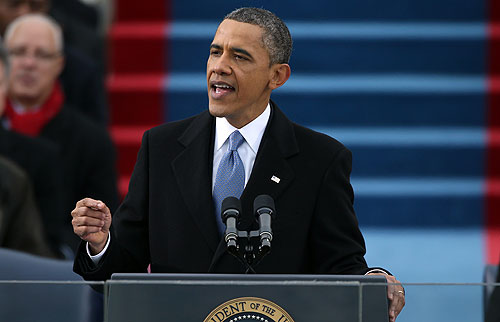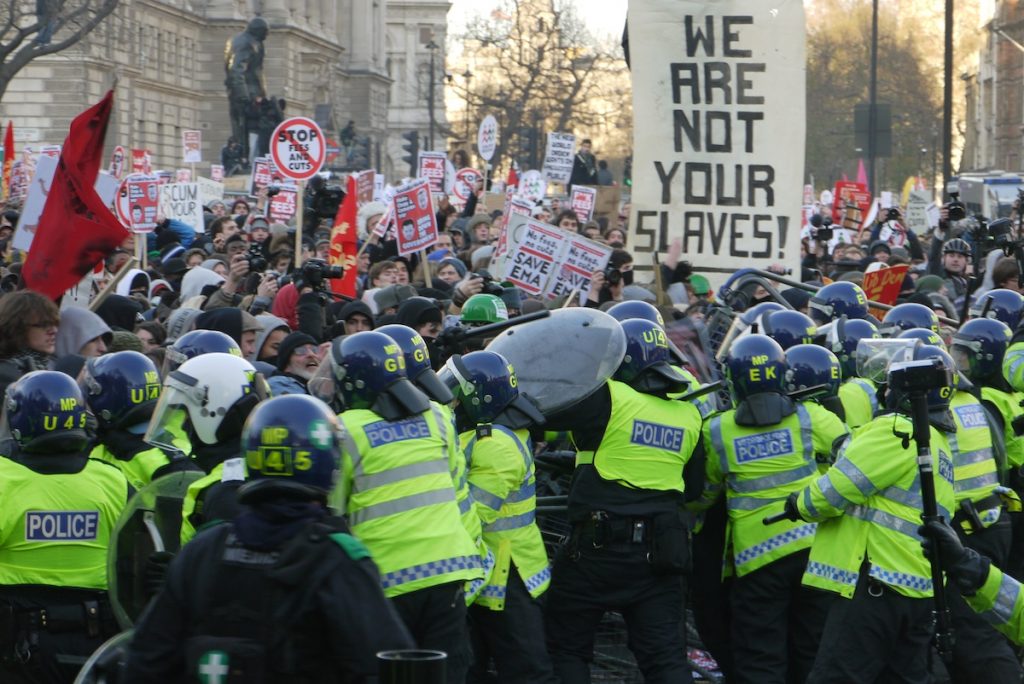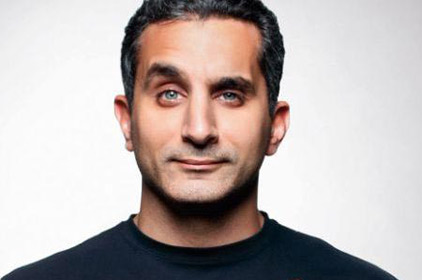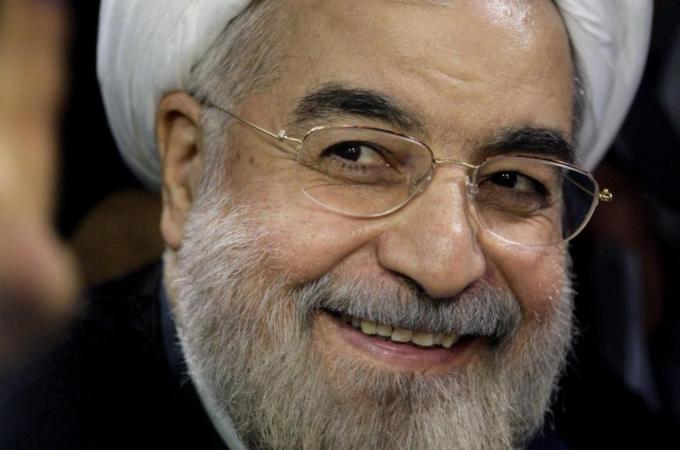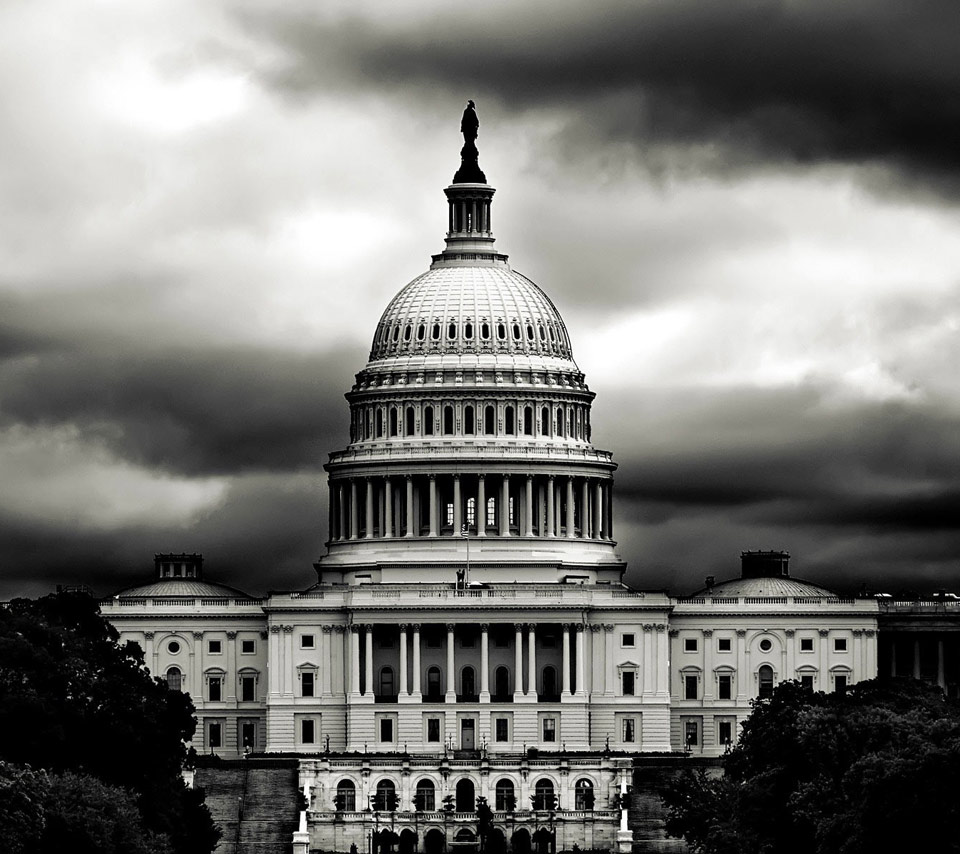This essay, authored by Emmett McKinney ’16, appeared in the Fall 2013 print issue.
Earlier this year, President Obama finally made good on promises from his second inaugural address by outlining a climate policy for his second term. The initiative relies heavily on executive orders to meet the Administration’s 2009 pledge to reduce American carbon dioxide emissions to seventeen percent below 2005 levels, and as such, has been met with significant controversy. Many environmentalists lauded Obama’s far-reaching policy speech at Georgetown University on June 25th, praising the mobilization of federal agencies to impose higher fuel efficiency standards and invest in sustainable energy technology. Opponents of the controversial Keystone XL pipeline were particularly pleased with the President’s unexpected comments that the pipeline will be built only if “this project does not significantly exacerbate the problem of carbon pollution.” Some economists, and many Republicans, however, vehemently oppose the President’s plan. Senator Mitch McConnell (R-KY) even described it as a “war on coal,” warning that the higher energy industry standards outlined in the policy will raise prices and cost Americans jobs without producing any tangible benefits.
Before evaluating the challenges facing the policy, let us first accept that the world is, in fact, warming, and that the effects of this warming have already tangibly affected human civilization. We know that these effects are tied to rising levels of greenhouse gases in the atmosphere. There is no doubt that the global economy’s burning of fossil fuels to meet energy demands emits huge amounts of carbon dioxide, methane, and other greenhouse gases. Even if the warming we experience today is part of some natural cycle of warming and cooling, changing human practices is pivotal in combating climate change over the next century. The United States, as the world’s carbon-emissions-per-capita leader, must play a crucial role in addressing climate change, but how effective is the President’s most recent climate policy? And will it be enough to make a significant difference without restricting the American economy?
Altogether, the Obama administration’s Climate Action Plan is rhetorically inspiring. Unfortunately, the reality is that the United States cannot reel in global climate change alone, so the heavy-handed reform could lead to unintended consequences in the United States before producing much tangible benefit. The plan has many strengths, however; its emphasis on investing in research and development of clean energy alternatives is much needed. Additionally, the encouragement of international cooperation in combating climate-related issues is crucial. Whereas developed industrial nations already rely heavily on fossil fuels, the President could make huge progress by incentivizing developing nations to invest in clean energy moving forward.
What is the Climate Action Plan, exactly? The President’s remarks at Georgetown outline three main objectives. The first aims to “cut carbon pollution in America” and sets a target of reducing American carbon emissions to seventeen percent below 2005 levels by 2020. This objective also includes a pledge to double renewable energy usage – which accounted for 11.7% of the United States’ total usage in 2012 – in that same timeframe. Though the Climate Action Plan points out that the United States doubled energy production from wind, solar, and geothermal sources during the President’s first term, the GOP has called the plan’s extensive use of federal agencies and raising of fuel economy and energy efficiency standards “an attack on the middle class.”
While somewhat hyperbolic, these criticisms are not entirely baseless. Though the Administration claims that the tougher fuel economy standards will save the average driver $8,000 over the lifetime of a vehicle, a study by the Center for Automotive Research estimates that if industries meet the Obama administration’s mark of 54.5 mpg by 2025, a new car will cost the average buyer $9,000 more than it would today. Furthermore, the study claims, the new standards could reduce car sales by 5.5 million and cost up to 265,000 jobs. A study from the National Highway Traffic Safety Administration estimates that the new standards will only increase the average price by $2,000. Regardless of the size of the increase, the immediacy of this cost and its impact on the middle class will be the principal challenges facing President Obama’s climate legacy.
The difficulty with constructing policy to address carbon in the atmosphere is that carbon dioxide and other greenhouse gases remain there for centuries. For instance, a single molecule of carbon dioxide emitted into the air will stay in the atmosphere for 50-200 years before photosynthesis and ocean acidification can pull the greenhouse gas back out. To put this in perspective, a carbon dioxide molecule that rose out of Abraham Lincoln’s chimney very well could still be in the atmosphere, trapping heat and warming the Earth. In addition, there is a significant lag time between reduction in greenhouse gases and actual reduction in temperature on Earth. Even if the entire world stopped emitting all carbon dioxide tomorrow, carbon dioxide in the atmosphere today would continue to warm the Earth for decades to come. Further, President Obama’s proposal would not stop U.S. emissions altogether— it would only slow them down, while encouraging the rest of the world to follow suit. Therefore, assuming that President Obama’s most recent plan actually furthers a global movement that reduces greenhouse gas emissions to a sustainable level, any economic costs will be witnessed long before humans reap the benefits of a more environmentally-oriented American policy.
Supposing all the goals outlined in President Obama’s Climate Action Plan are met—would the long-term climate benefit outweigh the short-term economic risk? The United States’ initiative alone could not single-handedly reduce the temperature of the Earth, nor could it significantly reduce the concentration of greenhouse gases. The Earth will keep warming for the foreseeable future. Meanwhile, climate scientists have more or less arbitrarily selected an atmospheric temperature increase of 2° C as the highest “safe” level of global warming. With carbon dioxide concentration levels reaching a historic high of 400 parts-per-million in May 2013, it is very likely that if major industrial economies keep conducting business-as-usual, then the Earth will cross this “red line.”
Proponents of Obama’s plan have pointed to these levels of carbon dioxide in the atmosphere as evidence that action needs to be taken immediately, regardless of the uncertain economic consequences. However, these same statistics could be cited by opponents as evidence that if climate change is a real and legitimate phenomenon, then we have already gone too far, and the United States should be more concerned with expanding the economy than reaping environmental benefits that won’t be palpable for centuries to come. Ultimately, this criticism could doom President Obama’s plan to political obscurity, especially if he is succeeded by a Republican in 2016.
Consider also the herculean amount of infrastructure it would take to meet the Climate Action Plan’s goal of reducing U.S. emissions to 17% below 2005 levels by 2020. Vanderbilt Earth and Environmental Sciences Professor Jonathan Gilligan specializes in climate science. According to his algorithm based on historical U.S. de-carbonization trends and statistics provided by the Energy Information Agency: “Achieving a 17% reduction below 2005 by 2020 while sustaining our economic growth would require building 147 new nuclear power plants, or 33,000 solar-thermal generation facilities, or installing 134,000 new wind turbines or some combination of all three between now and 2020. That would mean building roughly 21 nuclear power plants per year, 4,700 solar-thermal plants per year, or installing almost 20,000 wind turbines per year from 2014-2020.”
Given the astronomic proportions of these requirements, the second and third objectives of the plan, “Prepare the United States for the Impact of Climate Change,” and “Lead International Efforts to Combat Global Climate Change and Prepare for its Impacts,” might well be the most substantial elements of the 2013 proposal. Preparing the United States for the consequences of a warming planet includes directing agencies to support local development of storm and flood-resistant communities, especially in the regions affected by Hurricane Sandy. More importantly, farmers throughout the nation will benefit substantially from the plan’s strategy to spread science-based knowledge about sustainable agriculture practices. Given that 9 of the 10 hottest years on record have occurred since the late 1990’s, better technology will be crucial to sustaining U.S. agriculture as droughts and floods intensify.
So how will the plan be received abroad? While the United States is the greatest per-capita contributor of greenhouse gases, China emits the most total carbon dioxide—a whopping 23% of the world’s emissions. One of the great strengths of Obama’s most recent plan is its pledge to lead international efforts. These efforts have already proven effective in the form of five new initiatives signed with China in July that compel the U.S.-China Climate Change Working Group to work more closely on meeting energy efficiency standards and developing clean energy. Likewise, the plan’s initiatives with other major emitters such as Brazil and India will be of crucial importance.
As is the case with any new policy, the real test will be how effectively the Obama administration can ignite change worldwide. In contrast with the United States’ failure to ratify the Kyoto Protocol in 1997, Obama’s plan goes farther than any policy has before, and will set an example to developing nations. This is only possible, however, if the economy flourishes under the new energy standards.
Only four months after the announcement of a strategy to combat an issue that changes over the course of centuries, it is impossible to assess the effectiveness of the President’s new plan. Only time will tell. Should President Obama’s Climate Action Plan actually damage the economy as numerous Republican Congressmen and coal advocates claim, this failure could define his legacy. Should the United States’ higher standards push a global movement towards a more sustainable future, though, those looking back from the year 2300 will hail President Obama as an environmental hero.

